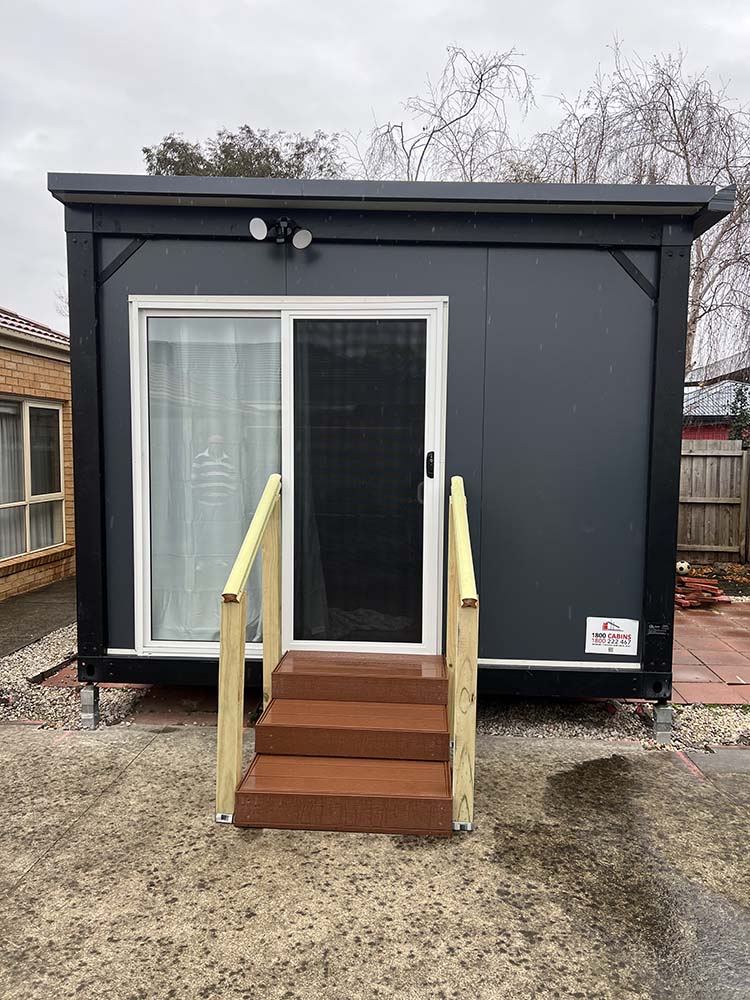The tiny house in Melbourne movement is rapidly growing, especially among those seeking simplicity, sustainability, and affordability. With rising property costs and a growing focus on reducing environmental impact, many Melburnians are turning to compact living as a practical lifestyle change. Getting started, however, takes more than just a love for minimalist design—it requires planning, understanding legalities, and choosing the right design to fit your lifestyle needs. Whether you’re exploring off-grid options or backyard builds, this guide will walk you through the key steps. If you’re also considering alternative housing like granny flats in Melbourne, the same principles apply. Here’s how to begin your journey toward tiny living in a big city.
Understand Your Purpose and Lifestyle Needs
Before jumping into the world of tiny houses, it’s essential to understand your motivation and how it fits into your lifestyle. Are you downsizing for financial reasons, aiming for sustainable living, or looking for a flexible, mobile home? Your goals will influence everything—from the type of build you choose to where and how you live.
Think about your daily routines and what you truly need to feel comfortable. For some, a compact kitchen and combined lounge-bedroom space are perfect. Others may need extra room for hobbies, remote work, or pets. Assess what features are non-negotiable and what luxuries you’re willing to sacrifice.
This clarity will not only guide your design choices but also help in choosing whether a permanent structure or a mobile tiny house best suits your goals. Matching your home to your lifestyle is key to long-term satisfaction.
Research Local Regulations and Zoning Laws
Melbourne’s councils have different rules when it comes to building and living in a tiny house. While the idea is appealing, it’s important to research whether your chosen suburb allows tiny homes, especially if you’re planning to make one your permanent residence.
Many tiny houses are built on trailers to bypass some of the stricter building codes, but you may still need approval for where and how you park or place it. If you’re considering something more stationary, such as granny flats in Melbourne, you’ll need to comply with building permits, size restrictions, and setbacks.
Speak with your local council early in the process. Doing this prevents delays, unexpected fines, or forced relocation. It also helps you choose the right type of tiny home that complies with local laws, whether it’s for residential land, rural space, or backyard use.
Choose the Right Type of Tiny House
There are several types of tiny homes, and each serves a different purpose. Some are portable on wheels, ideal for people who want flexibility or love to travel. Others are permanent structures built on a foundation, which may suit families or those looking to stay put long-term.
There’s also the popular concept of modular homes and granny flats in Melbourne, which offer slightly more space while still maintaining that small-home feel. The choice depends on your budget, land availability, and lifestyle preferences.
You’ll also want to decide whether to build from scratch, buy a ready-made model, or customise a cabin to suit your needs. Think about insulation, plumbing, power, and off-grid capabilities. A well-designed tiny home balances comfort, storage, and smart space-saving features.
Plan Your Budget and Consider Long-Term Costs
One of the main attractions of the tiny house in Melbourne lifestyle is affordability—but there are still upfront costs to consider. A basic build may start around $50,000, but custom designs or luxury finishes can push the price higher. You’ll also need to account for land (if you’re purchasing), utilities, transport, and legal permits.
Factor in long-term savings too. A tiny home will often mean reduced power bills, less upkeep, and lower insurance. If you’re going off-grid, there may be initial setup costs for solar systems, compost toilets, or water tanks—but these often pay off over time.
Having a clear financial plan helps you avoid unexpected expenses and ensures your new lifestyle is truly sustainable. Explore financing options if needed, and don’t forget to budget for furniture, appliances, and council approvals.
Prepare for Downsizing and Embrace Simplicity
Transitioning to a smaller space isn’t just a physical shift—it’s a mindset. Downsizing means letting go of items you don’t need and finding clever ways to store the essentials. It can be freeing, but it also requires planning and a willingness to let go of clutter.
Start by decluttering your current space. Donate, sell, or recycle anything that doesn’t serve a daily purpose. Think multifunctional when it comes to furnishing your tiny home—sofas that double as beds, foldaway tables, and vertical storage can transform your limited space.
The tiny house lifestyle is about simplicity and intention. You’ll be surprised how liberating it feels to live with less, focus on what truly matters, and enjoy a home that supports rather than overwhelms your day-to-day life.
At 1800 Cabins, we offer beautifully crafted tiny homes designed for comfort, efficiency, and Australian living. Choose from our essential, studio, lifestyle, deluxe, and family models to suit your unique needs.
Call us today on 1800 470 343 to start your tiny house journey with confidence and peace of mind.

